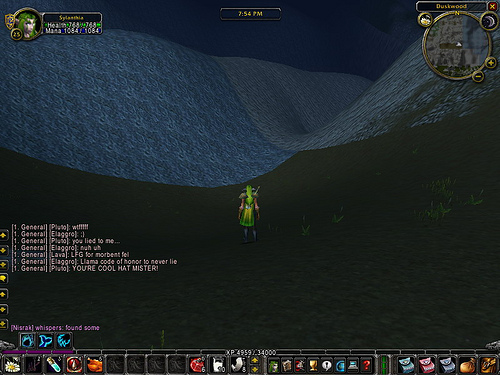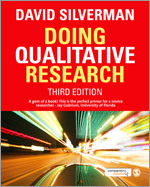
Image: The Pink Mafia
Credit: Photo by Andrew Becraft (Dunechaser) under an Attribution NonCommercial ShareAlike 2.0 Generic license
If you’re interested in any combination of women and gaming, including some games-based learning, then look no further than the latest issue of The International Journal of Gender, Science and Technlology. It features a special issue on women and games, with articles and reviews. From the special issue’s introduction:
In 2004 video games industry veteran Mark Eyles, then working at the University of Portsmouth, recognised the need for an initiative that would increase the representation of women within the gaming industry. The project Mark instigated – Women in Games (WiG) – began with a series of conferences involving an innovative mixture of people from academia and from industry. The aim of these conferences was to generate and promote initiatives and research that focused on narrowing the gap between men and women working in the games industry.
WiG is now an internationally recognised organisation, still with this mixture of people from academia and from industry. In addition to the annual conferences, WiG members are now also involved in smaller events, online discussions and journals. Now, seven years on, WiG continues to grow and develop and we, in our role as members of the Steering Committee, would like to introduce readers to the special issue section of the GST journal.
The articles included in this special issue reflect the multiple and overlapping aims of the Women in Games initiative. Each of these aims requires the interweaving of academic enquiry with industry engagement and dialogue, which has been an extraordinary strength of the WiG initiative.
by Marian Carr and Helen Kennedy













